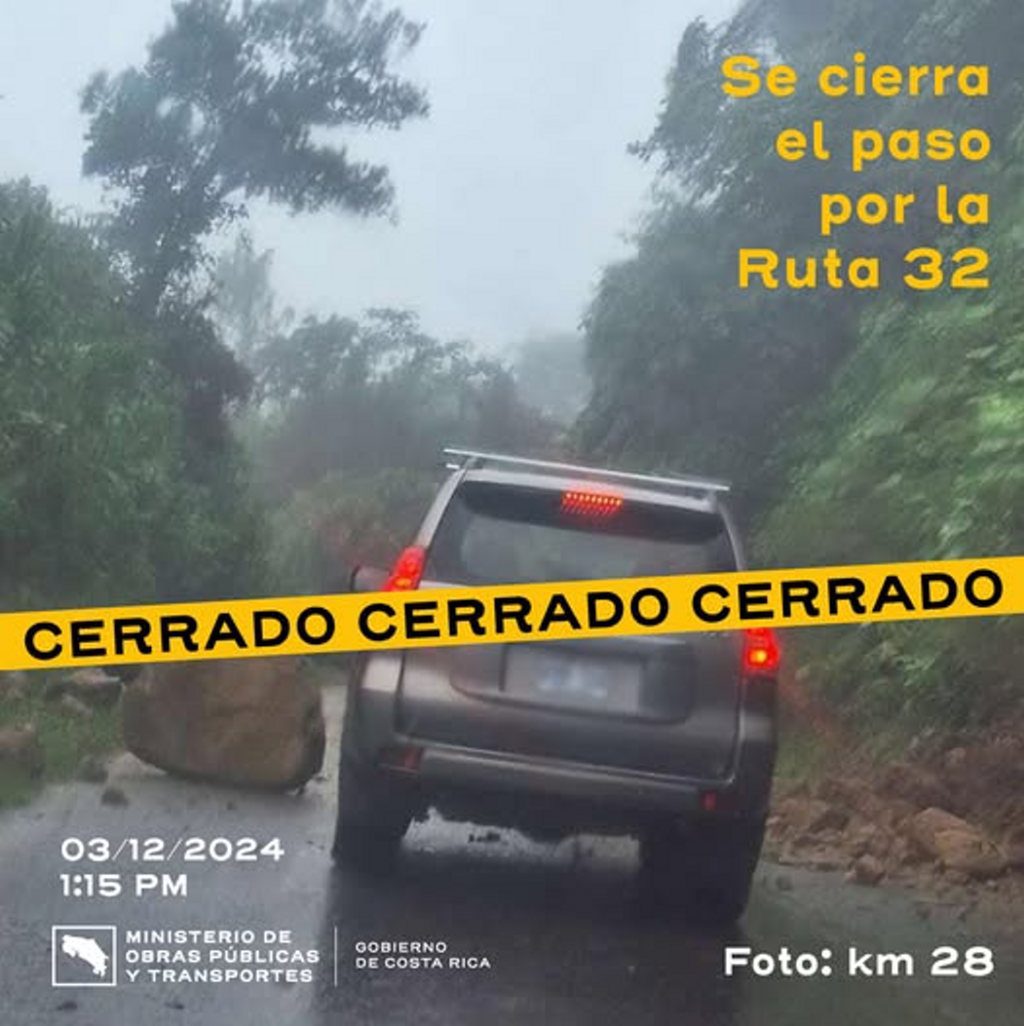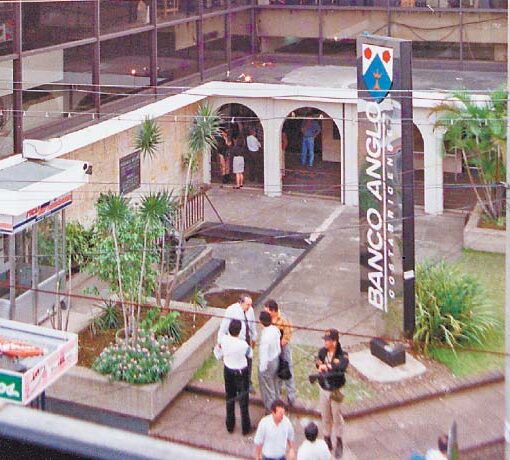QCOSTARICA — The numbers from Costa Rica’s Ministry of Health show that more than 100 people per week are requiring hospitalization for dengue.
The situation has been occurring since the last three weeks of September and the first of October. According to Health, the accumulated cases of dengue this year, as of October 5 (Ministry of Health numbers are never current), are 26,743 cases.
The Pan American Health Organization (PAHO) issued an epidemiological alert due to the increase in cases in the region.
– Advertisement –
According to the ministry’s data, the weekly behavior is:
- Epidemiological week 38, from September 15 to 21: 1,537 new cases
- Epidemiological week 39, from September 22 to 28: 616 new cases
- Epidemiological week 40, from September 29 to October 5: 1,162 new cases
“The number of dengue cases recorded during the first half of 2024 exceeded the number of cases reported for all of 2023,” warned the PAHO.
By province, Alajuela leads with 8,078 cases, followed by San José with 7,242, Puntarenas with 5,207, Cartago with 3,419, Limón with 1,176, Guanacaste with 986, and Heredia with 635.
Deaths
Also, since September, the health ministry confirmed the first deaths from this disease. There are now 5 deaths.
“We are experiencing an epidemic that has never been recorded before. Imagine that the last death in Costa Rica was in 2013. Of all the international meetings where I have been, the countries in the region are in critical condition,” highlighted Mary Munive, Minister of Health.
– Advertisement –
“During 2023, dengue became more complex with the circulation of the four serotypes of the virus. Epidemiological surveillance reveals that serotype 3, in particular, has shown an increase in severe cases,” said the Costa Rican Institute for Research and Education in Nutrition and Health (Inciensa)
According to recent data, more than half of the positive samples in September corresponded to serotype 3. This raises concern, since co-infection with different serotypes can increase the severity of the disease.
Aall four serotypes are circulating in the country. However, 3 and 4 went almost 20 years without causing infections and returned in 2022.
Vaccine
– Advertisement –
On the other hand, in June, the National Commission on Vaccination and Epidemiology (CNVE) rejected a proposal from the Minister of Health to use an experimental vaccine against dengue in Costa Rica.
According to statements by Munive, the vaccine that was proposed is in phase three, which means that it has been tested. Her idea is to “test it on a relatively healthy population, to monitor the adverse effects.”
“According to the discussion with the commission, when mentioning the benefits of the vaccine, they only indicated to us that it is for some serotypes, which at this time are not the ones that we have with the highest prevalence,” Munive explained months ago.
The Minister recently indicated that she spoke to a PAHO official to determine whether another vaccine against dengue can be introduced next year.
“The PAHO is making alliances to bring other types of vaccination, because the one that had been analyzed for us is not useful. But if there are others that can be useful, then, depending on the types of vaccines, it will be analyzed,” said the minister.
Eliminating breeding grounds is the best way to prevent infections.
Warning signs
Dr. Marissa Durman, an internal medicine specialist at the Hospital Metropolitan, explains that early detection and rapid action are essential to avoid complications.
For example, severe dengue can include hemorrhages, respiratory problems and intense abdominal pain.
“With dengue, it can be easily confused with other infections, so it is crucial to be alert and not underestimate the signals that the body sends,” said the doctor.
When symptoms appear, they usually do so between 4 and 10 days after infection and last from 2 to 7 days.
The specialist shared some of the key symptoms that should be a reason for immediate medical attention:
- Sudden high fever: One of the first manifestations of dengue is a high fever that appears abruptly and can last for several days.
- Severe headache and pain behind the eyes: This type of pain, often described as stabbing, is characteristic of dengue and should be taken as a warning sign.
- Muscle and joint pain: Often called “breakbone fever,” dengue can cause severe muscle and joint pain.
- Rash and red spots on the skin: It is common for people with dengue to have skin rashes that can appear on the trunk of the body and then spread.
- Nausea and vomiting: The presence of these symptoms, along with the above, is a strong indicator of a possible dengue infection.
Also, the doctor emphasized the importance of not self-medicating and seeking medical attention when these signs occur, especially in areas where dengue is prevalent.
“If you have any of these signs, especially during periods of higher incidence of dengue or if you live in regions with a high rate of cases, go to a medical center immediately. Timely treatment can make a difference in recovery,” Durman stressed.
– Advertisement –
Source link
Rico



